By Liana Jacob
A PROPAGANDA film showing the lifestyle of Japanese-Americans who forced to relocate during the Second World War shows both the smiling faces of evacuees and the hardships they had to endure.
The incredible footage reveals the moment a family-of-three walk into their humble temporary accommodation with just a bed and a window in sight, after being relocated from their homes.
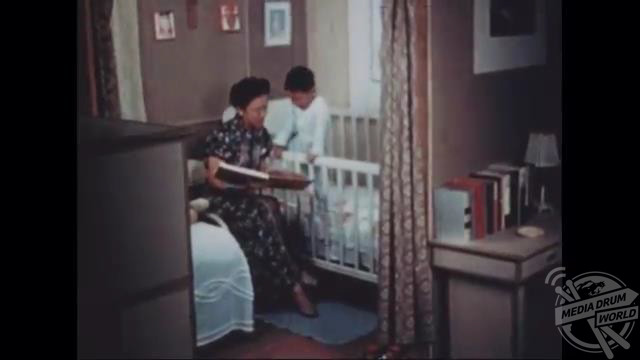
The scenes show how the forced evacuees worked make their accommodation feel like home by sawing, putting up curtains, and building toys to entertain their children. Further shots include a mother reading her son a book.
Although they had their world turned upside down, many scenes taken by the US government documentary team, depict happy faces despite the challenges they were faced with.
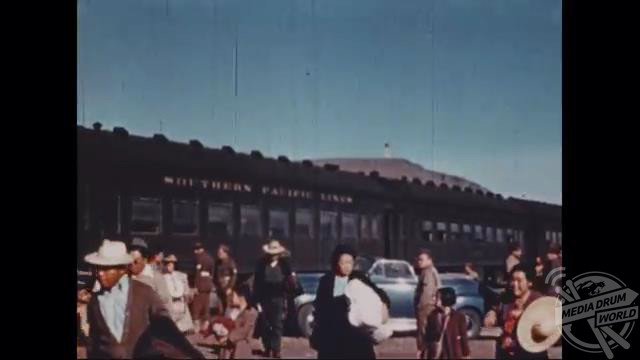
The video was released in 1944 by the US War Relocation Authority. Over 110,000 Japanese-Americans were displaced during World War II from 1942 to 1946, seven months after the war with Japan had finished.
“More than a hundred-thousand men, women and children of all Japanese ancestries were removed from their homes in the pacific coast to wartime communities established in out-of-the-way-places,” the narrator said.
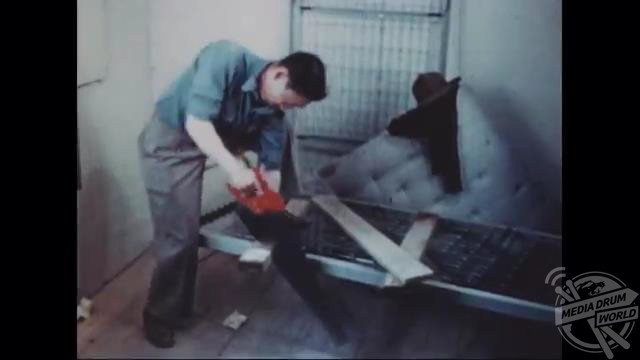
“Their evacuation does not imply individual disloyalty but was ordered to reduce a military hazard at a time when danger of invasions was great.”
Between 110,000 and 120,000 people of Japanese ancestry, most of them lived on the Pacific coast, were relocated to camps in the western interior of the country.
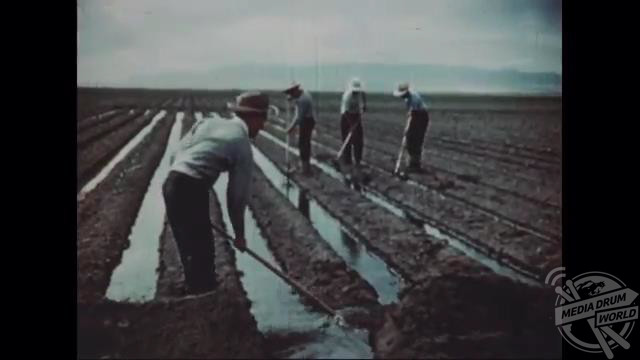
The relocation lasted between February 1942 and March 1946. Many of them lost irreplaceable personal property because of restrictions that prevented them from taking more than they were allowed into the camps.
“Two-thirds of the evacuees are American citizens by right of birth, the rest are their Japanese-born parents and grandparents,” the narrator said.
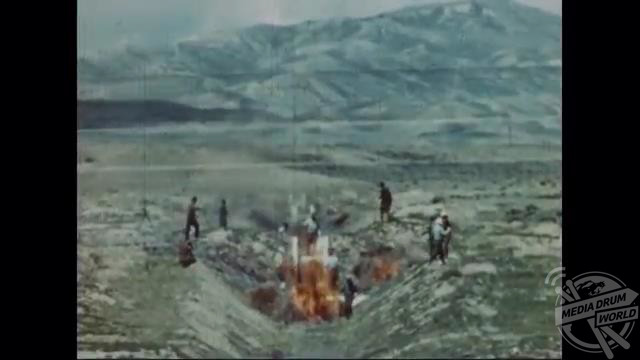
“The people are not under suspicion; they are not prisoners, they are not internees, they are mainly dislocated people, the unwounded casualties of war.
“The time? Spring and summer of 1942. The place? Ten different relocation centres in unsettled parts of California, Arizona, Utah, Idaho, Wyoming, Colorado, and Arkansas.”






